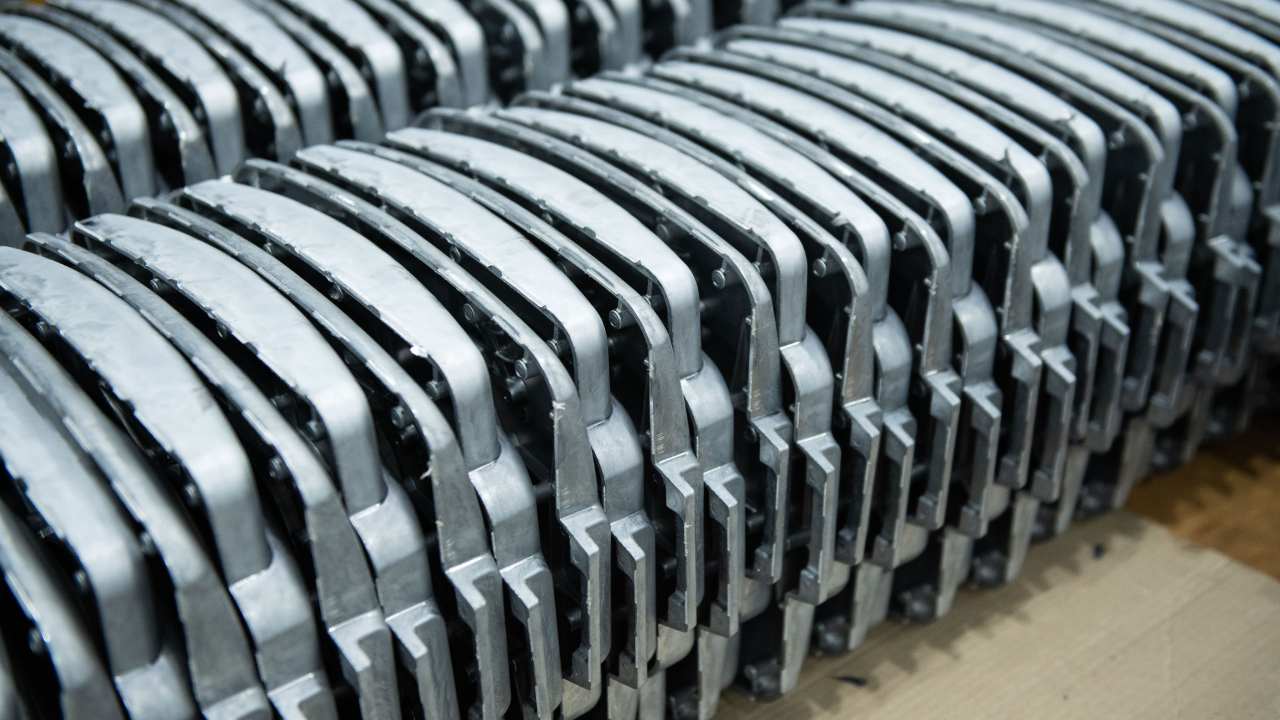
When creating metal components, it’s sometimes possible to machine the shape you need from solid billet – particularly if that part is to be intricate and durable.
However, there are some notable downsides to creating parts in this way. When a complex shape is machined from solid billet, it’s likely to be…
- Expensive in comparison to other manufacturing methods
- Time-consuming to produce
- Inefficient and wasteful in how it utilises materials
If you’re only making a one-off product or a very small batch, you might be able to overlook some of these issues; after all, you’re not going to worry too much about the durability of tooling if the production run is short.
However, if you need to start producing parts in bulk, CNC machining might not make commercial sense. Producing parts from a casting could be quicker and more economical – but is it possible to switch over production in this way?
Many machined-from-solid components can be made from a casting instead, and there are a number of advantages to doing so.
The expert team at MRT Castings can assess your current part to see if it’s suitable for casting. If it is, you could benefit from…
- Cost-effectiveness. Castings can be more economical for high volume production runs.
- Material versatility. Castings can be made from a wide range of materials.
- Reduced lead time. The casting process often has a shorter lead time when compared to machining in bulk.
- Lower tooling costs. Tooling can have a significant initial outlay – and this is true for casting, too. However, the tooling for casting is likely to require less maintenance over time and save you money over the duration of your production run. Soon, the savings made on each casting cycle will pay off the initial investment.
- Complex geometry. Castings can produce intricate shapes and features more easily than machined parts.
- Improved material utilisation. Castings often result in less waste compared to machining, helping you to reach your sustainability and ESG objectives.
- Weight reduction. Castings can produce lighter parts compared to machined parts.
Casting is a near-net-shape manufacturing process, meaning minimal wasted material – as well as minimal secondary operation machining. Once your tooling is made (bearing in mind that MRT may be able to convert the tooling you already have), you’ll soon start to see the benefits on your bottom line.
Ready to discover how we could help with the manufacture of your part?








